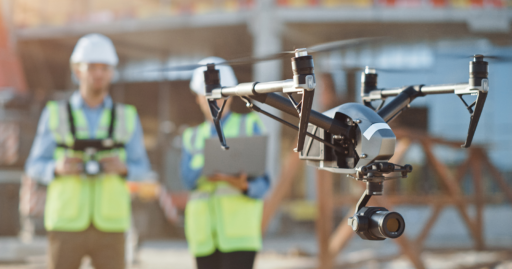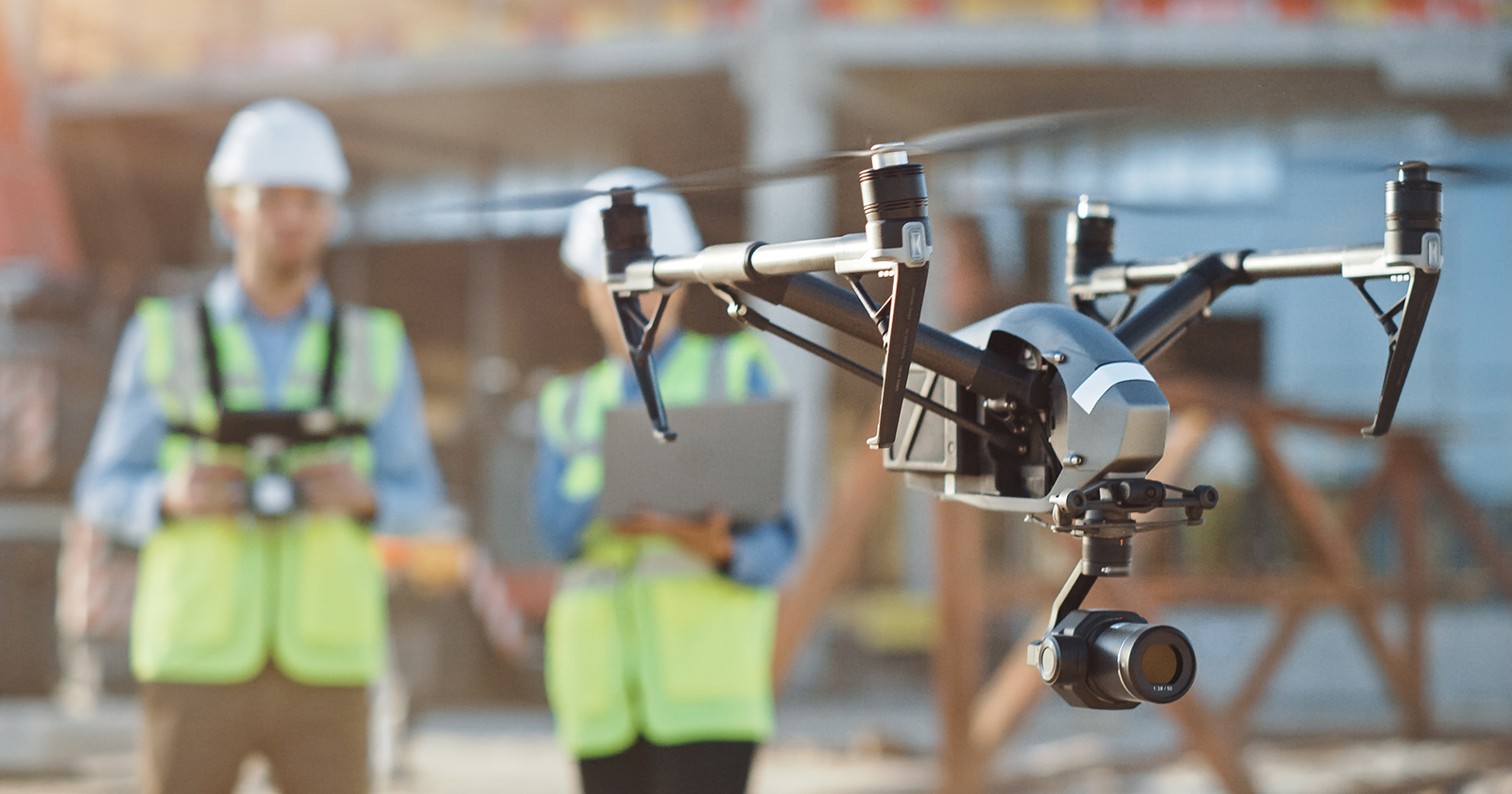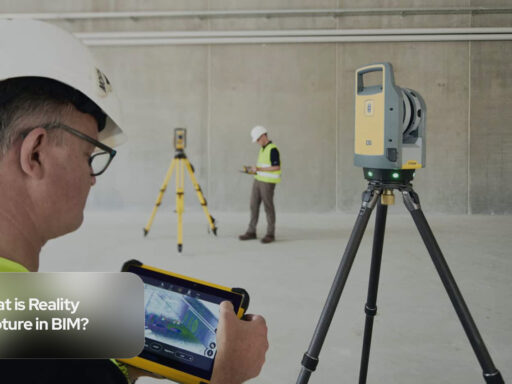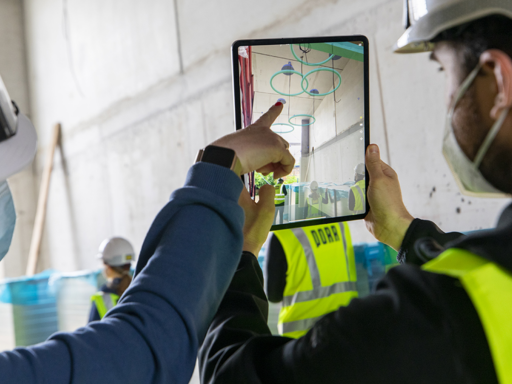Introduction
In today’s construction industry, capturing accurate and up-to-date data is crucial for project success.
“In my experience, integrating BIM and drones has proven to be a game-changer, providing real-time insights that significantly enhance project efficiency and accuracy. “ – Fabrizio P., Architect.
One emerging technology that is revolutionizing data collection in construction is the use of drones, which are being increasingly used in conjunction with Building Information Modeling (BIM) to capture data for construction purposes.
Benefits of Using Drones for Data Capture in Construction
Drones have become an indispensable tool in the construction industry, offering numerous benefits for data capture.
Firstly, drones provide a cost-effective solution compared to traditional data collection methods. Instead of relying on expensive equipment and manual labor, drones can quickly and accurately capture data from the air, saving both time and money.
According to this Van Bowerrework analysis, rework accounts for up to 15% of the cost of construction. With laser scanning, rework can be reduced to 3% or less.
“Drones have revolutionized the way we capture data in construction. They provide a cost-effective and efficient solution, allowing us to make informed decisions and improve project coordination.” – John Smith, Project Manager at ABC Construction Company.
Moreover, integrating drones with BIM allows for real-time data updates and improved project coordination. By capturing data from various angles and heights, drones can provide a comprehensive view of the construction site, enabling project managers to make informed decisions and identify potential issues before they escalate.
Enhancing the BIM Process with Drone Data
By capturing high-resolution imagery and 3D models, drones provide valuable insights for design and construction. The Scan to BIM methodology of work it’s the most efficient way of working with reality-driven data, and it’s growing rapidly.
Here are five of the most important reasons to adopt Drone Scanning into your projects:
- Improved site surveying: Drones can quickly and accurately survey construction sites, capturing data on topography, existing structures, and potential obstacles. This data can be used to create accurate 3D models and inform the design process.
- Real-time progress monitoring: By regularly flying drones over construction sites, project managers can monitor progress in real time. This allows for better tracking of construction activities, identification of potential delays, and improved communication with stakeholders.
- Enhanced safety: Drones can be used to conduct inspections of hard-to-reach or dangerous areas, reducing the need for workers to physically access these areas. This improves safety on construction sites and minimizes the risk of accidents.
- Cost and time savings: The use of drones in the BIM process can significantly reduce the time and costs associated with data collection. Drones can cover large areas in a short amount of time, eliminating the need for manual surveys or inspections.
- Accurate data for decision-making: The data collected by drones can be used to make informed decisions throughout the construction process. From design revisions to resource allocation, the accurate and up-to-date data provided by drones can improve the overall efficiency of construction projects.
Case of Study: Scanning from the Skies
To illustrate the benefits of using drones for data capture, let’s consider some cases of study.
ABC Construction Company was tasked with building a new high-rise building in a congested urban area. By using drones equipped with LiDAR technology, they were able to capture accurate data on the existing site conditions, including topography and surrounding structures. This data was then integrated into their BIM software, allowing for precise design and coordination with other project stakeholders.
As a result, ABC Construction Company was able to identify potential clashes and conflicts early on, saving time and reducing costly rework.
XYZ Architecture Firm used drones to capture aerial imagery of a proposed building site. By overlaying this imagery onto their BIM model, they were able to analyze the impact of sunlight on the building throughout the day. This analysis helped them optimize the building’s orientation and placement of windows, resulting in improved energy efficiency and occupant comfort.
According to Energy5, the adoption of BIM has led to a 20-30% reduction in energy consumption in buildings.
“The integration of drone data with BIM has transformed our design process. We can now visualize the project in great detail and make data-driven decisions that improve the overall quality and efficiency of our designs.” Carola B., Architect.
By comparing drone-captured images with the BIM model, project managers can identify any discrepancies and take corrective actions in a timely manner. This ensures that the project stays on track and minimizes the risk of costly delays.
Conclusion
Drones provide a cost-effective and efficient solution for capturing accurate and up-to-date data, while BIM enhances project coordination and decision-making.
By leveraging these technologies, construction companies can improve project efficiency, reduce costs, and deliver higher-quality buildings.
“As an architect who values precision, the combination of BIM and drones has allowed for efficient and precise data collection, providing invaluable insights that greatly contribute to project planning and execution.” – Fabrizio P., Architect.
It’s clear that the future of construction lies in the integration of drones and BIM, and those who embrace these technologies will have a competitive edge in the industry.






